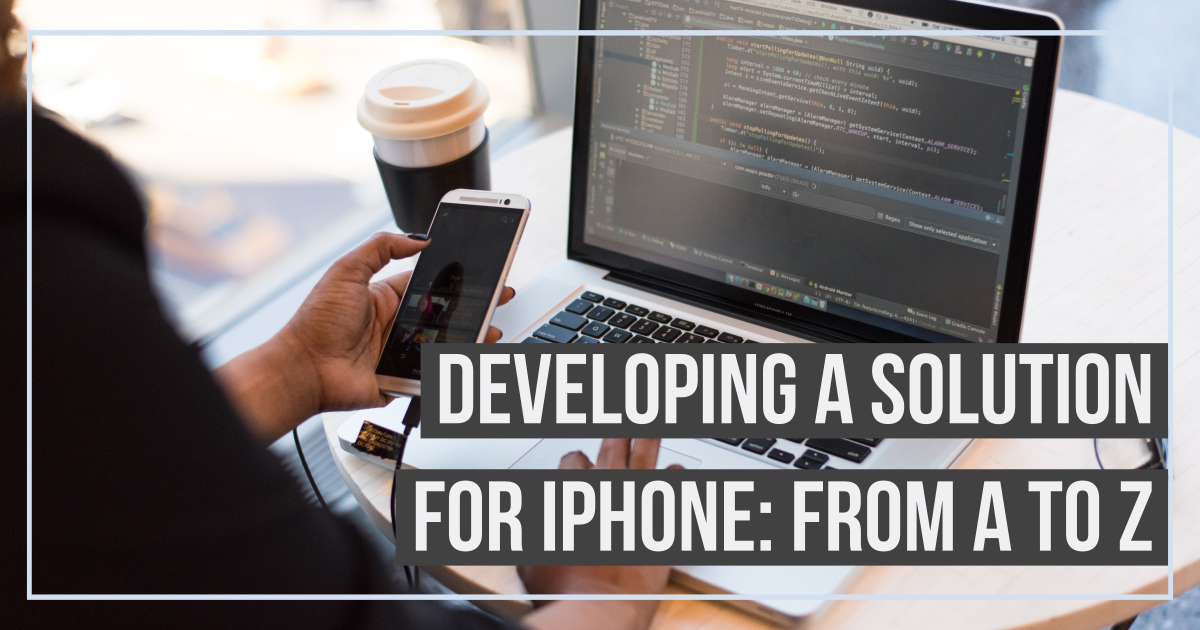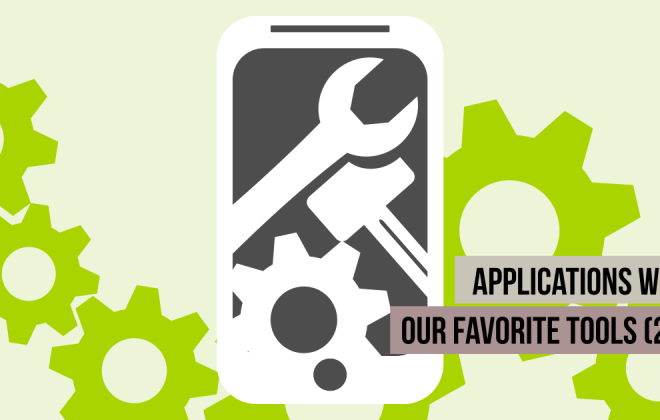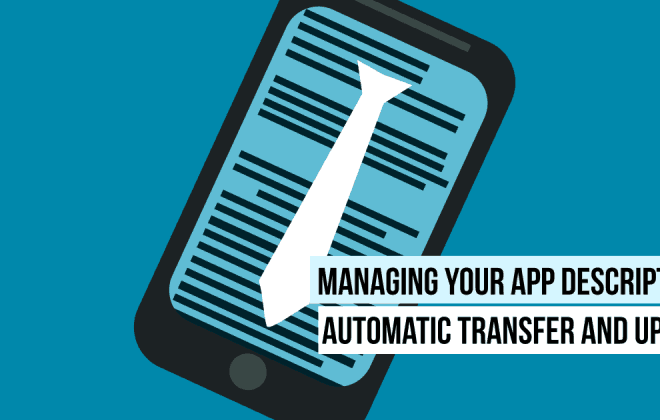Developing A Solution For iPhone: From A to Z
The current essay will be your comprehensive guide on iOS-based smartphone solution creation. It tells the essential building ways, typical development flow, and other essentials.
An In-Depth Guide For iOS Application Building
Developing smartphone solutions for iOS implies 1,7 million digital products in the App Store and billions of profit. Looking for the reason for such a success and an opportunity to join it, you should dive deeper into the basics of iPhone digital products’ creation.
This very particular post will be your reliable helper in finding out the answer to the question “how to build an application for iOS?” unveiling the ways to create such solutions, their building steps, as well as hidden hazards of the building flow, and other necessities essential to know about.
What Development Format Should You Consider For Creating iOS Solutions?
You should remember that a performer is essential to move such a complex project as developing an app for the iOS smartphone operating system. We offer you three options to create iPhone solutions: on your own, with the help of in-house IT staff, or outsourcing the iOS app building project to one of the IT corporations. Let’s consider them one by one.
Making iOS Apps On Your Own
This way of smartphone app creation is a cost-effective and well-controllable one. Although, you should learn a lot to develop a sustainable and user-friendly solution. For instance, you should know Swift, a critical programming language for developing digital products for the iPhone.
Moreover, you should completely understand the solution’s architecture, coding logic, and UI/UX peculiarities. Obtaining tech knowledge gives you a clear understanding of the end product, but you should clearly understand that you need a lot of time to create an iPhone solution by yourself and a very long time to market. If you need your smartphone solution quicker, look through the following two iOS development options.
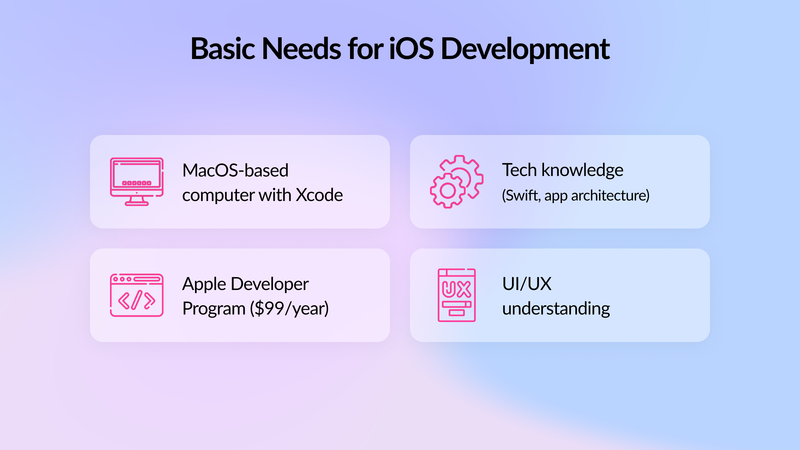
Working With In-House Experts
Another approach to developing an iOS-based app is to hire an iOS developer or even a team of such specialists. Putting the said experts in one place (let’s say, an office or even a room), you’ll benefit from more close internal communication between them, better workflow tracking, and a properly built end product.
However, the process of in-house team employment is time- and resource-consuming. Meanwhile, you have to find the top specialists to win the competition with other companies of the same business domain as your organization.
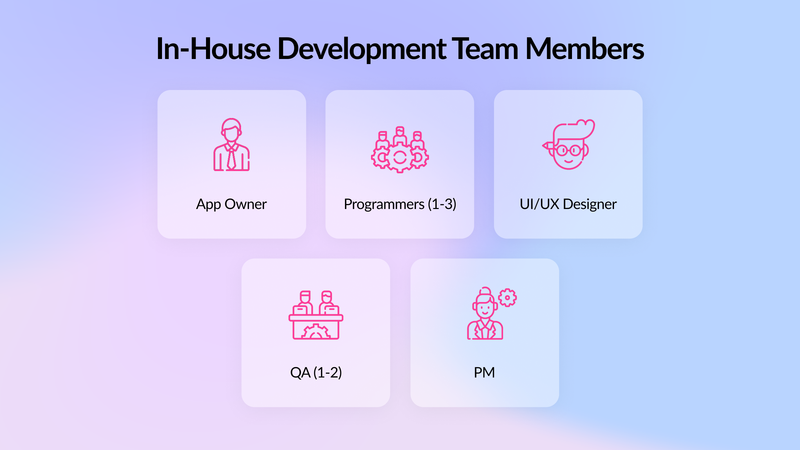
Outsourcing App Development For iPhone
This is a popular software development alternative worldwide, and many well-known tech giants like Alibaba, Slack, and Google, use it to create their software and boost business.
Outsourcing means entrusting your iPhone solution building to another IT company in your country, an adjacent region, or even far abroad. You can start cooperation by contacting the chosen outsourcing vendor who will efficiently help you starting from consultations to giving you a team capable of developing a seamless and profitable digital product.
Before You Start iOS-Based App Creation: Things To Consider
Choosing an appropriate development format doesn’t guarantee the success of the future digital product. Before you start creating an iOS-based app yourself or with someone’s help, consider some homework that should be done on your side, and we’ll tell you now about it.
Conduct marketing research, which will be your integral part in discovering how to create your unique and in-demand iPhone solution. Doing research, you should think out the following:
- Analyze your potential rivals’ activity
- Identify the core audience
- Define the monetization model the best fitting for the upcoming app
Prepare a feature set of the solution that’s going to be developed. If you collaborate with an outsourcing tech partner, such a functionality set will make your first conversations more efficient.
You may start these preparations in the way most businesses use: dividing the feature set into those for MVP and Additional functionality.
- MVP stands for Minimum Viable Product consisting of only the features enough for the solution’s proper work
- Additional functionality can contain features that are not basic but helpful for the app’s functioning and making it more straightforward to use.
How to Develop an iOS-Based Apps And What Hazards to Think Out
Passing the app’s concept to its release requires time and financial resources. You can reduce both components by contacting the outsourcing iOS app development company (or iPhone solutions vendor), which can become your reliable partner in building the smartphone solution based on the iOS operating system. Below we’ll tell you the typical steps you’ll make while cooperating with an outsourcing provider.
- Contacting the company at first. You submit a request on the company’s web resource, leaving your contact data and the project’s details. The specialists contact you in return to clarify the details.
- Discovery. This step is essential to collecting the project requirements. Moreover, the IT experts work hard to make the project specification and the team composition to develop the iOS-based smartphone solution. The designers, in their turn, make the basics of the future app interface, starting from wireframes.
- Further development and QA. When the solution’s UI/UX design is crafted, checked by the QA engineers, and approved by the client, the project is handed over to the developers who create the app, writing code line by line. The creation flow is divided into sprints — periods to work on product development and deliver a full-fledged solution or just a part of its functionality. Then, the QA engineers test the created functionality and make bug reports for the developers if something goes wrong.
- Release. It means the app is bug-free and seamlessly functioning to be published in the App Store. But remember that it’s a lengthy process taking up to four days. It is required to prepare a final decision sent to the product owner to publish the iPhone solution in the marketplace.
What hidden hazards should you consider while developing the iOS-based smartphone solution?
Memory restrictions. The developers should pay attention to the memory restrictions for different iPhones to make a digital product that will have ideal memory consumption and not be terminated by the gadget’s operating system.
Guidelines compliance. The created iPhone app should comply with the App Store’s regulations to provide a user with perfect-functioning and customer-friendly mobile software. Moreover, following the said regulations is required to pass through the App Store’s app moderation flow and publish the solution in the marketplace.
Programming language choice. There are typically two software languages for iOS-based product development: Objective-C and Swift. Apple supports them both; however, Swift is getting more and more popular and widely used due to its advantages.
Bottom Line
iOS-based smartphone solution building is a complex thing to perform. You can go through it yourself, but you can also facilitate your task by asking a skilled software development company for help. The IT experts will consult you about all the questions that disturb you. They assist you in choosing an appropriate feature set for the upcoming digital product to function on iPhone gadgets and cooperate with you to develop a perfectly functioning and profitable iOS-based digital product that seamlessly fits your company’s needs.
The author
Yuliya Melnik is a technical writer at Cleveroad. It is a web and mobile app development company in Ukraine. She is passionate about innovative technologies that make the world a better place and loves creating content that evokes vivid emotions.
About guest articles on iwantanelephant.com and appmarketingblog.com
Guest authors and partners have the opportunity to publish their articles on our two blogs and connected social media channels.
Despite content checks by I WANT AN ELEPHANT, the respective partners are responsible for the content. This includes articles, embedded images, and other media, as well as source information and links.
Submit your article here.
Read more…
Tags In
Categories
- App Development (40)
- App Marketing (53)
- App Store Optimization (56)
- I WANT AN ELEPHANT (20)

